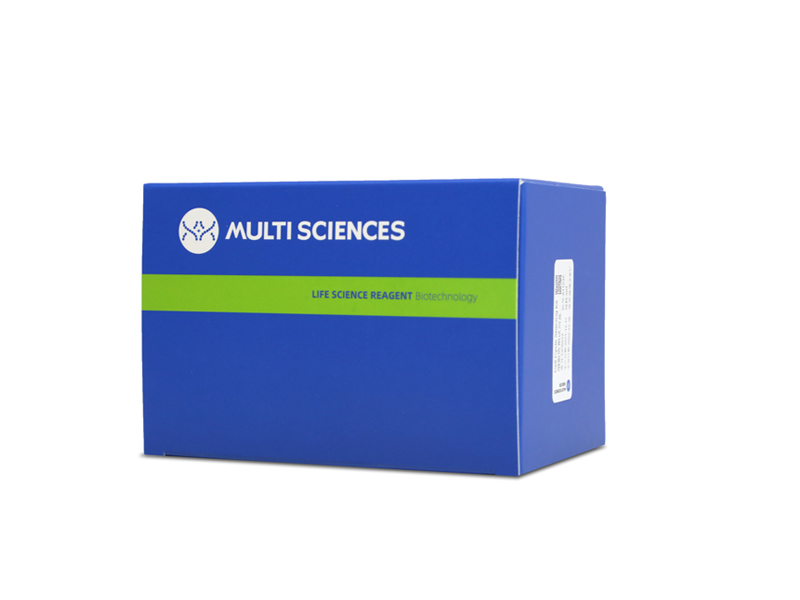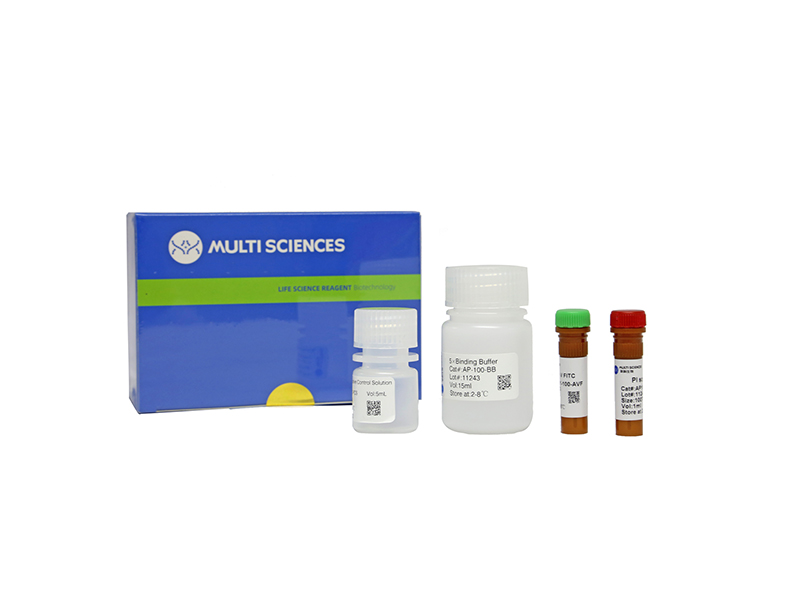Rhein, one of the main active components of rhubarb (Dahuang) and Polygonum multiflorum (Heshouwu), has a wide range of effective pharmacological effects. Recently, increasing studies have focused on its potential hepatorenal toxicity, but the cardiotoxicity is unknown. In this study, we found that the IC50 of rhein to H9c2 cells at 24 h and 48 h were 94.5 and 45.9μmol/L, respectively, with positive correlation of dose-toxicity and time-toxicity. After the treatment of rhein (106, 124 and 132μmol/L), the number of H9c2 cells decreased significantly, and the morphology of H9c2 cells showed atrophy, round shape and wall detachment. Moreover, the proportion of apoptotic cells in H9c2 cells treated with rhein was significantly increased in a dose-dependent manner. And rhein induced S phase arrest of H9c2 cells and inhibited cell proliferation. Rhein up-regulated ROS, LDH levels and low MMP but down-regulated SOD content in H9c2 cells. Additionally, the results showed that the cardiac function LVEF and LVFS of rhein high-medium-low dose groups (350, 175, 87.5 mg/kg) were significantly reduced. And the contents of Ca2+, cTnT, CK and LDH in serum of KM mice were significantly up-regulated by rhein. Furthermore, western blot results suggested that rhein the above effects via promoting Fas-induced apoptosis pathway in vitro and in vivo. In general, rhein may cause cardiotoxicity via Fas-induced apoptosis pathway in vivo and in vitro, which provides reference for the safe use of medicinal plant containing rhein and its preparations.
文章引用产品列表
-
- AT101
- 凋亡试剂盒
Annexin V-FITC/PI Apoptosis Kit(细胞凋亡试剂盒-适用贴壁细胞 除C6流式细胞仪以外的流式细胞仪)
- ¥860.00 – ¥1,510.00
-
- AP101
- 凋亡试剂盒
Annexin V-FITC/PI Apoptosis Kit(适用于除C6以外的流式细胞仪)
- ¥630.00 – ¥1,280.00



